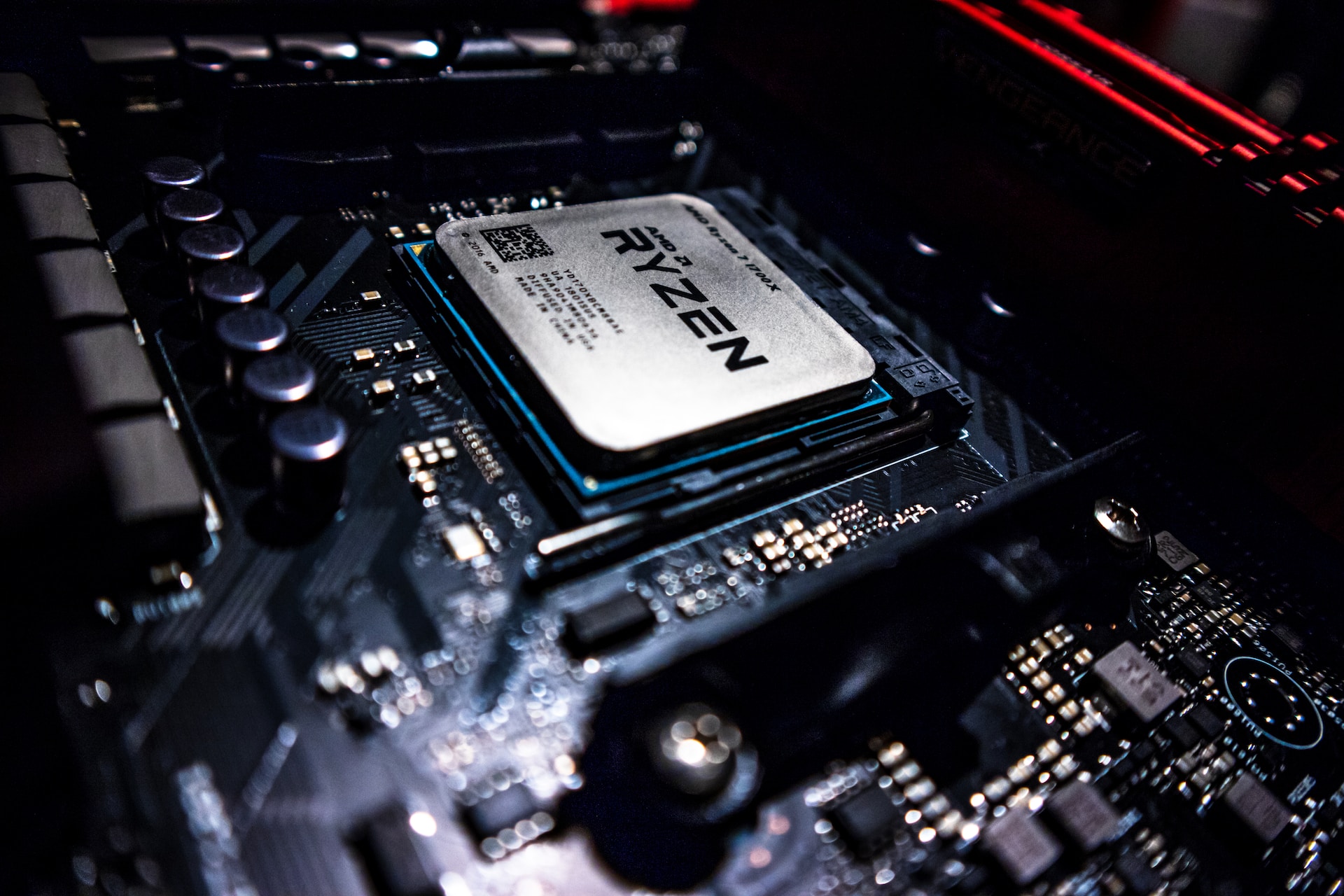Content Focus:
This article aims to provide beginners and those unfamiliar with motherboards a comprehensive understanding of essential motherboard specifications and terms. It breaks down ten key aspects of motherboards, from form factors to motherboard features, ensuring readers can make informed decisions when buying a motherboard for their computer setup.
Intended Audience:
This article is designed for individuals who are new to the world of computer hardware and are looking to purchase a motherboard. It aims to simplify complex technical jargon and provide easy-to-understand explanations to help readers gain confidence in their understanding of motherboard specifications.
Introduction
When it comes to buying computer components, few are as important and intricate as motherboards. Whether you’re assembling a new system or upgrading an existing one, understanding motherboard specifications and terms is crucial. In this article, we’ll break down ten essential aspects that will help you navigate the world of motherboards with confidence.
1. Form Factor
The form factor of a motherboard determines its size and layout, impacting how it fits into your computer case and accommodates components. We’ll explore common form factors like ATX, Micro ATX, and Mini ITX, guiding you to select the right one for your needs.

2. Socket Type
The CPU socket is a critical factor in motherboard compatibility. We’ll explain how different CPU sockets correspond to specific processors from manufacturers like Intel and AMD, helping you choose the right match.
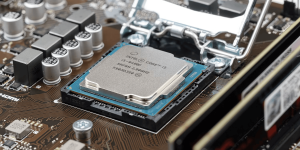
3. Chipset
Discover how the motherboard chipset influences hardware components, data transfers, USB ports, and more. We’ll demystify the confusing world of chipset naming conventions from both AMD and Intel, ensuring you understand the role of each lettered scheme.
4. RAM Slots
RAM is essential for system performance, and the number of RAM slots on your motherboard affects its capacity. We’ll discuss how to determine the right amount of RAM slots you need for your computing tasks.

5. RAM Type
Explore the different generations of RAM, particularly DDR4 and DDR5. We’ll explain the benefits and characteristics of each, helping you make an informed choice that aligns with your system’s requirements.
6. Storage Connectors
Storage options vary, and we’ll delve into SATA and M.2 connectors. Understand how these connectors influence the speed and capacity of your storage devices.
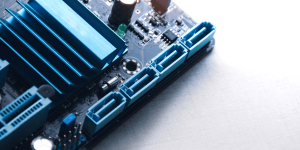
7. Ports
Connectivity is key, and we’ll guide you through the common motherboard ports, including USB, DisplayPort, HDMI, and more. Learn how to evaluate your needs and stay up-to-date with the latest standards.
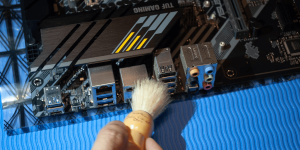
8. PCI Express Slots
Discover the world of PCIe slots, which play a crucial role in accommodating hardware like graphics cards. Learn about the various sizes, versions, and compatibility considerations.
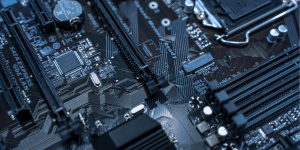
9. Power Connectors
Uncover the power connectors that keep your motherboard and components running. We’ll explain the main power connectors and additional connectors used for stability, ensuring your system gets the power it needs.
10. Motherboard Features
Finally, we’ll explore bonus features like integrated Wi-Fi, onboard Bluetooth, and diagnostic tools. These extras can enhance your computing experience, and we’ll help you determine if they’re worth considering.
Conclusion
Buying a motherboard doesn’t have to be overwhelming. Armed with the knowledge of these ten essential specifications and terms, you’ll be better equipped to make an informed decision. Remember, take your time, research thoroughly, and choose a motherboard that aligns with your needs. With these insights, you’re on your way to building a powerful and reliable computer system.






